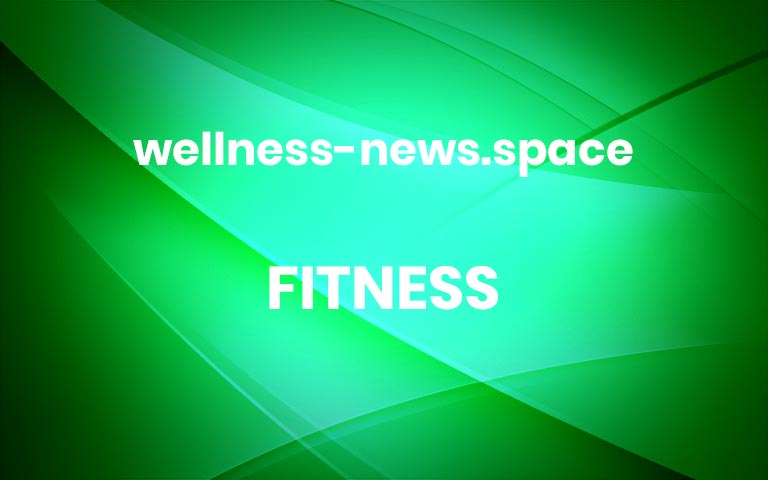Working Out on Your Period >> Understand the Menstrual Cycle Phases
There are days when you power through a HIIT workout with ease and then those days when you don’t want to get out of your bathrobe. By understanding your cycle, you can stop seeing your period as a burden and be able to take advantage of the physical and emotional benefits. Find out how to schedule your workouts to maximize those hormonal boosts and learn when it’s best to focus on recovery and regeneration. Breakdown of the Menstrual Cycle PhasesMenstrual PhaseWhat’s happening in the body?Your cycle starts on the first day of your period. The lining of the uterus is shed through the vagina, releasing blood, mucus, and tissue. Symptoms like cramps, bloating, headaches and mood swings can add an extra challenge to your fitness motivation. Yoga Poses for Cramp ReliefDo you get cramps? Try easy yoga poses like the child’s pose, cat-cow, and savasana to ease the pain.You might feel tired or lethargic and need more rest than usual. This is a great opportunity to cancel plans, stay home, and write in your mindfulness journal. Set some goals for yourself that you can achieve during the follicular stage. Keep in mind, this is not the time to stress yourself out with setting a new PR (personal record). The goal of working out on your period should be to stay active and listen to your body.What to WearWhether you prefer tampons, pads, menstrual cups, period underwear, adidas Techfit Period Proof Tights, or a combination of these – there are plenty of options to keep you comfortable during menstruation.Your workoutFollicular PhaseWhat’s happening in the body?Your period is over and now your pituitary gland releases the Follicle Stimulating Hormone (FSH), which stimulates the ovaries to produce eggs. Your estrogen and testosterone levels will begin to increase, which energizes you and might improve your mood. You’ll feel more social, and assertive as testosterone stimulates your libido. Now is the time to take the initiative and focus on achieving goals. An egg will be released from a follicle in your ovary around day 14, at the end of the follicular phase. At this point the estrogen and testosterone peak, which makes you feel more confident. Enjoy it!Your workoutLuteal PhaseWhat’s happening in the body?Your body is starting to wind down after the high of the follicular and ovulatory phase. After the first couple of days, your estrogen and testosterone production will decline and your body will ramp up progesterone levels. Focus on a healthy, balanced diet right now and boost your serotonin levels by staying active. As you enter the second part of this phase, you may notice your skin getting oily or even breaking out, breast tenderness, and mood changes. These are all symptoms of PMS or premenstrual syndrome. Reduce your symptomsCut down on caffeine to reduce breast soreness, reduce your sugar intake, and make sure you stay hydrated. Avoid fatty, processed foods and salt, too, as they increase water retention. Studies show that regular yoga sessions can reduce the common symptoms of PMS.(1)Your workoutTime to build lean muscle. Focus on strength training and challenging yoga sessions. Research shows that this is when strength training really pays off.(2)Gradually shift to lighter workouts as you approach your upcoming menstruation. Try the Strong Before Your Period workout in the adidas Training app.TakeawayThe key to staying active throughout your menstrual cycle phases is understanding what is happening in your body. Everyone’s cycle is different; keep track of yours so you can really get the most out of those powerful follicular and ovulatory phases and use the luteal and menstrual phases for healthy nutrition, recovery, regeneration, and mindfulness. Remember, if you want to keep working out on your period, there’s no reason you can’t. Just pay attention to how you feel and make sure you take a bit more time to rest.*** More


